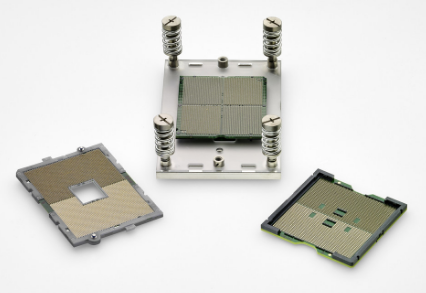By Jean-Jacques DeLisle, contributing writer
Our civilization depends on data. Almost all technology and devices connected to the internet of things depend on storing data in the cloud. The massive demand for digital storage has led to an equally massive increase in demand. Every year, data storage requirements increase by 40%. As the need for reliable and powerful data storage centers increases, so does the technology. Recently, new technologies have been developed to handle the expected 40 zettabytes of information that will need to be stored by 2020.
Several factors are contributing to the growing need for data storage. Cloud storage has become widespread in recent years with more and more people storing information online rather than on their devices. Artificial intelligence (AI) is another contributor as it requires massive amounts of memory to operate. Deep-learning and machine-learning computing systems also require extensive storage to operate.
Here are a few new technologies and products that will give data centers the ability to handle the demands of the future:
TE Connectivity (TE) has announced a new extra-large array (XLA) socket technology that will enable the company to support high data speeds in next-generation data centers. The XLA sockets are far more reliable than previous connectors and offer a 78% increase in warpage control. The new technology will enable data centers to transmit more data faster and will result in a massive decrease in connection disruptions.
By using a new design that includes printed circuit boards (PCBs), TE created a socket that warps far less than previous plastic designs. The socket is the largest in the industry to date, measuring 110 × 110 mm, and offers scalability up to 10,000+ pin counts. This large capacity will allow data centers to handle the increase in data that will come in the next few years.

Image source: TE.
The new XLA technology offers other advances as well. The sockets provide a 33% improved true position on the solder ball and contact, which increases overall reliability dramatically. The cables also have a low coefficient of thermal expansion, which reduces the potential for problems over their lifetime. TE has released two versions of the XLA cables, the hybrid land grid array/ball grid array (LGA/BGA) and the dual-compression LGA/BGA cable.
Another tech company that has produced some interesting solutions to the problems that will face data centers is Molex LLC. Molex recently announced a full line of next-generation data center solutions to address new hyperscale requirements. These new solutions offer higher data rates and increased bandwidth and can provide lower latency and insertion loss, which reduces errors and increases reliability.
These new products support the Open19 Foundation initiative, which is working to establish a new open standard for data center servers. It defines form factors for servers, top-of-rack switches, and power shelves with a base internal cage for 19-inch racks. The goal of the Open19 Foundation is to achieve a lower cost per rack, lower cost per server, and optimized power utilization in an open standard to fit any 19-inch rack for servers, storage, and networking equipment.
Open19 selected Molex’s Impel customized data cable solution as the backbone of the standard. The Impel and Impel Plus backplane connector and custom cable solutions offer data rates up to 56 Gbits/s NRZ and 50 Gbits/s PAM-4 for the standard rack solution. Because it uses the same footprint as previous products, the solution can be used as a drop-in replacement in existing architecture, eliminating the need for companies to completely redesign their architecture.
Delivering higher data rates and higher data integrity, the customized Impel-based Open19 cable allows 100-Gbits/s connection of up to 48 servers to one Open19 switch. “The plug-and-play solution aligns with standard 19-inch rack deployment and allows quick upgrade of legacy hardware,” said Molex.
The sockets are capable of higher speed than their predecessors, with data rates of up to 56 Gbits/s. According to Erin Byrne, the vice president of engineering and chief technical officer for data and devices at TE Connectivity, TE’s XLA socket technology provides the ability to scale to extremely high pin counts, staying ahead of market demand for next-generation switches and servers. “The XLA socket will enable the expansion in scale and performance needed for future high-performance computing and processing,” she said.
Advertisement
Learn more about Electronic Products Magazine





